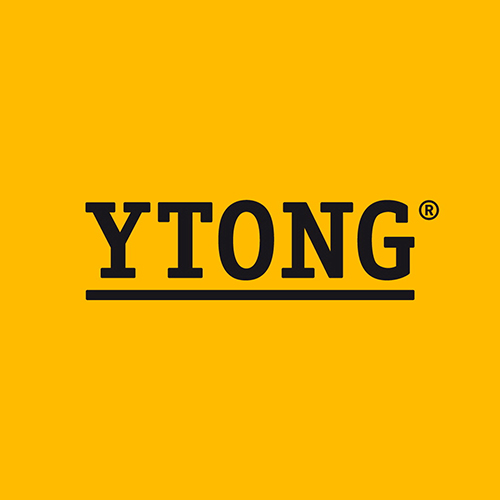
Single-layer passive buildings? Current common practice
The term "passive house" has settled in our professional and lay terminology for many years. Its popularity was aided by EU legislation from 2008, which set a requirement to reduce CO2 emissions by 20% and simultaneously increase the share of renewable energy sources also by 20%, both by 2020. The idea of passive construction has strengthened due to these requirements. One of the manufacturers of building materials, which has more than ten years of experience with this type of construction, is Xella, the manufacturer of aerated concrete Ytong, lime-sand Silka, and thermal insulation boards Multipor. What are the options for their use in passive construction?
Passive houses have been commonly built in our country for about 13 years. The opinions and feedback from users are overwhelmingly positive, with some becoming literal fans of their homes. The quality of the building's internal environment is particularly praised. The house has a uniform temperature and high thermal inertia, which means that even a three-day power outage will not cause the internal temperature to drop by more than two degrees Celsius. In the case of massive constructions, stable internal humidity is also pleasant and beneficial for health. Controlled ventilation allows for closed windows, providing excellent protection against dust and insects. Triple-glazed windows can almost perfectly shield against external noise, which is especially appreciated by residents of industrial or urban agglomerations, as well as those living near traffic arteries, airports, etc.
As a result, Ytong, along with other related brands Silka and Multipor, offers verified solutions for materials for passive construction. It is also worth mentioning that in recent years, they have completed their portfolio with products for surface internal and external plasters, thus providing a comprehensive wall solution.
www.ytong.cz
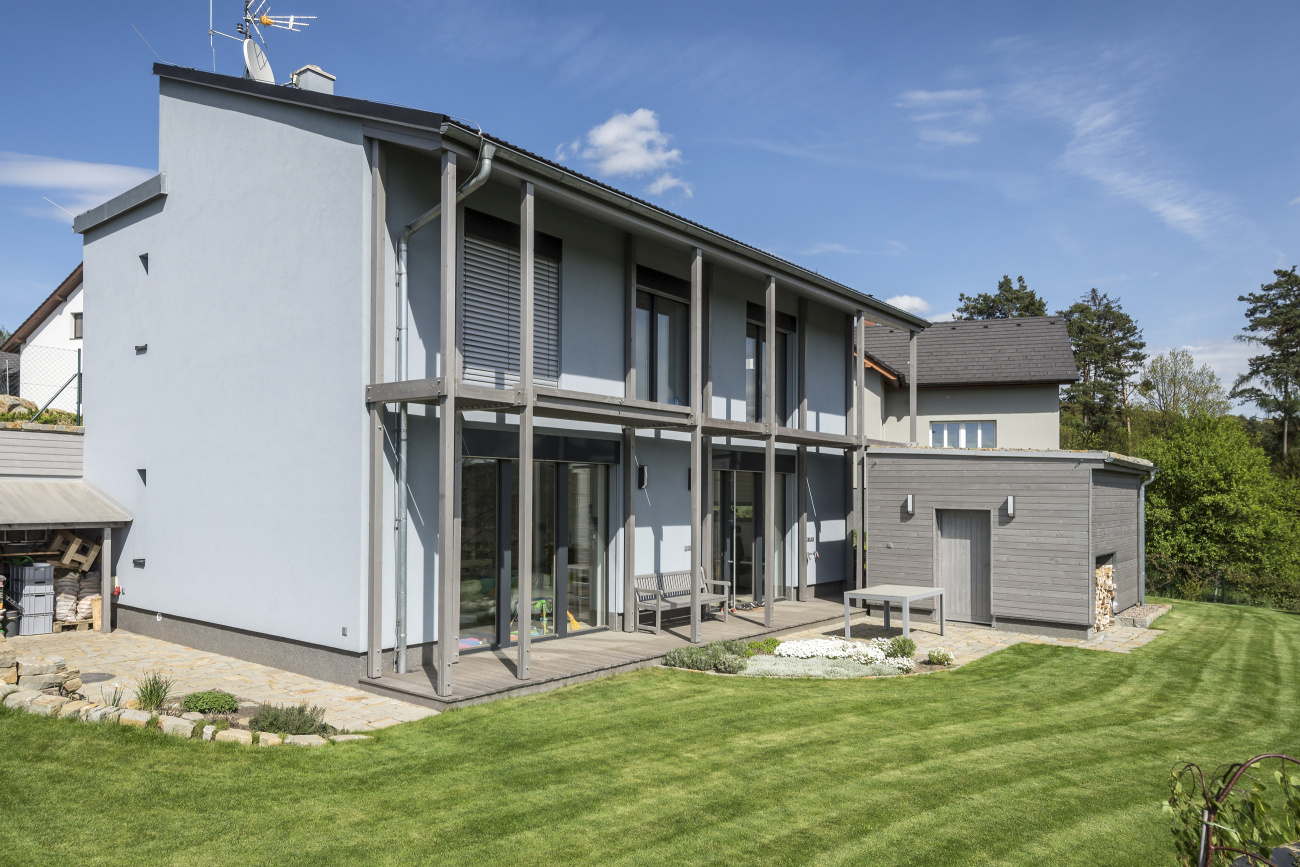 |
Passive houses have been commonly built in our country for about 13 years. The opinions and feedback from users are overwhelmingly positive, with some becoming literal fans of their homes. The quality of the building's internal environment is particularly praised. The house has a uniform temperature and high thermal inertia, which means that even a three-day power outage will not cause the internal temperature to drop by more than two degrees Celsius. In the case of massive constructions, stable internal humidity is also pleasant and beneficial for health. Controlled ventilation allows for closed windows, providing excellent protection against dust and insects. Triple-glazed windows can almost perfectly shield against external noise, which is especially appreciated by residents of industrial or urban agglomerations, as well as those living near traffic arteries, airports, etc.
Material Requirements for the Structural Shell
This selection is often underestimated due to the effort to save costs regardless of the utility properties of the chosen material. However, it accounts for less than 10% of the construction costs, and the masonry is absolutely essential for future modifications and renovations, as well as the overall quality of living. One of the important parameters is thermal insulation properties. Currently, Ytong achieves insulation properties for its external wall products with a heat transfer coefficient of U = 0.077 W/Km².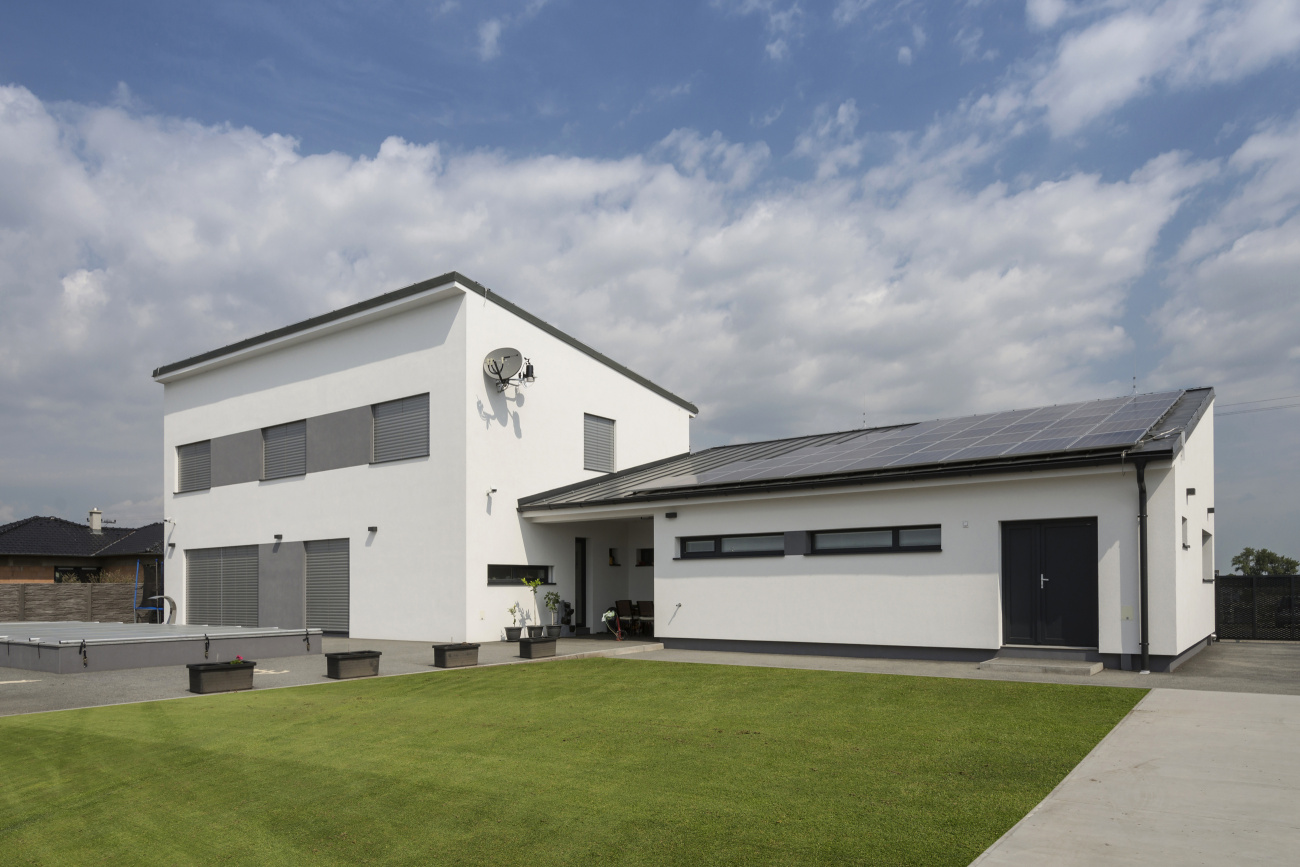 |
Internal Load-Bearing Walls and Partitions
For internal load-bearing walls, in addition to the popular Ytong blocks, the manufacturer offers special lime-sand blocks Silka, suitable for use in areas with increased requirements for acoustic insulation. Silka masonry elements exhibit a strength of up to 20 MPa and can therefore also be used for very slender, statically stressed structures. At the same time, they are very heavy, which contributes to the high thermal stability of the masonry. Due to the acoustic properties of the Silka material, it is possible to choose very slender structures for partitions as well. A non-load-bearing partition of only 100 mm thickness has an acoustic insulation of 42 dB. Choosing slender Silka structures brings significant savings in usable floor area, which can amount to up to 1 m² per floor.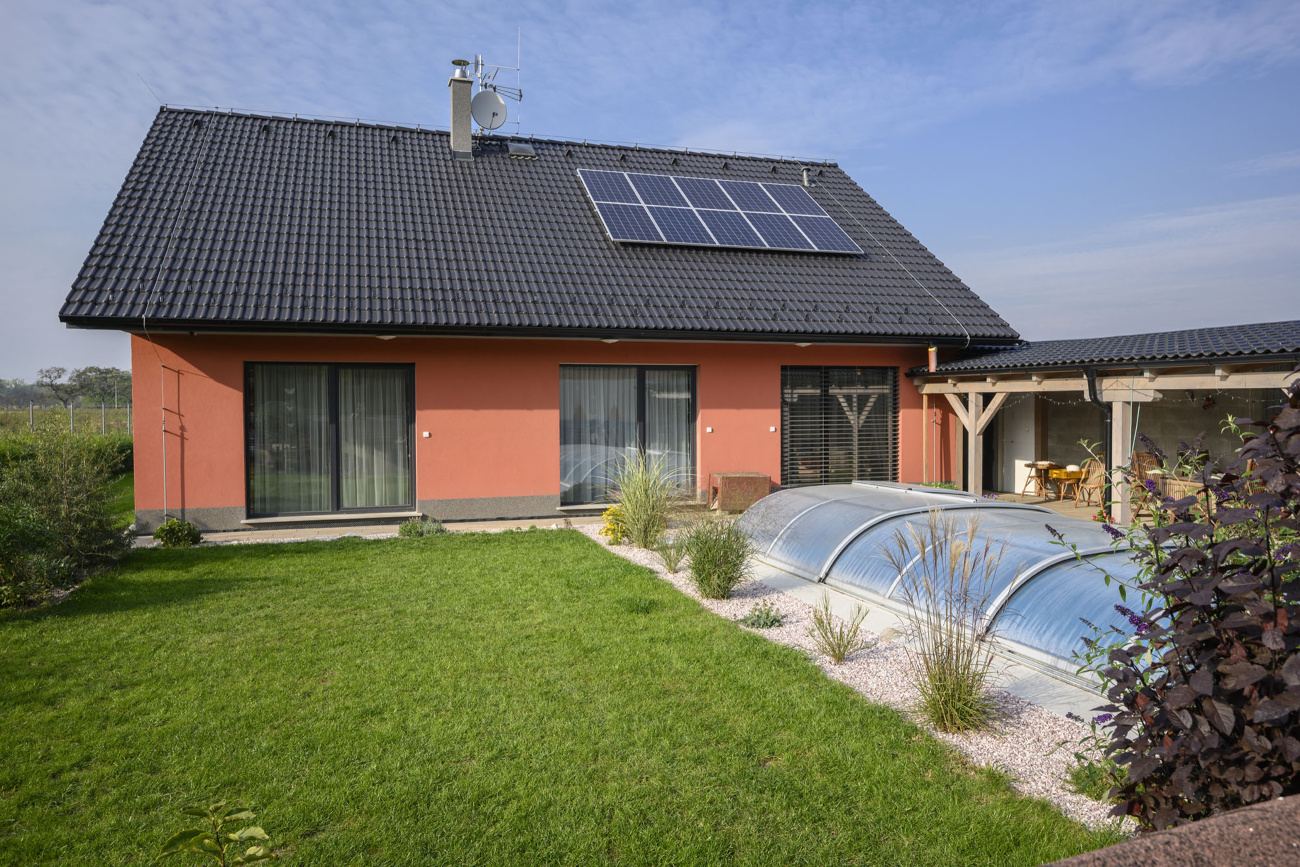 |
Ceiling and Roof
High demands for thermal resistance and thermal capacity must be respected even more in the roof construction. The manufacturer Ytong has included the Ytong Komfort prefabricated structure with a thickness of 200 mm in the system for the installation of heavy roofs. Its own weight of 230 kg significantly contributes to the thermal stability of the internal space in the attic and participates in high resistance to summer overheating. To achieve the necessary thermal-technical properties, it is supplemented with Multipor insulation boards. These mineral boards have the same composition – they are essentially extremely lightweight aerated concrete that does not succumb to rot or mold and is completely fireproof.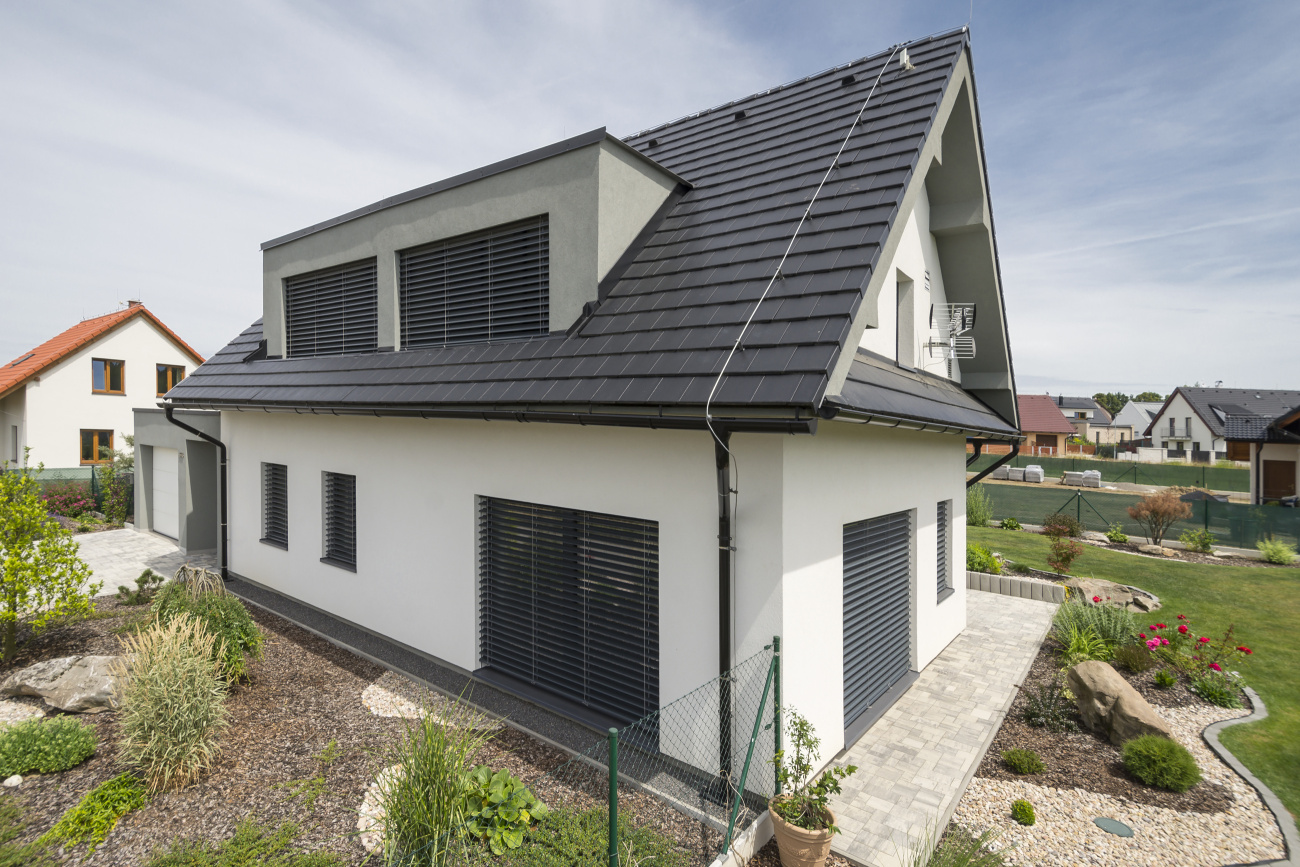 |
Blower Door Tests – A Requirement for Passive Buildings
In the construction of passive buildings, the airtightness of the building envelope is crucial, as it is directly related to energy losses through ventilation. The test that demonstrates airtightness is called the Blower Door test and is conducted after the internal plastering and tiling are completed, before the installation of finished floors. For passive houses, the resulting value must be lower than 0.6 h-1. This means that at a pressure or vacuum of 50 Pa in the entire measured building space, air must not escape in a volume greater than 60% of the building's volume. For family houses made of Ytong single-layer masonry, values between 0.2 and 0.22 h-1 have been measured. This excellent result is also partly due to the structure of Ytong material, which is homogeneous (the blocks are solid, without cavities).As a result, Ytong, along with other related brands Silka and Multipor, offers verified solutions for materials for passive construction. It is also worth mentioning that in recent years, they have completed their portfolio with products for surface internal and external plasters, thus providing a comprehensive wall solution.
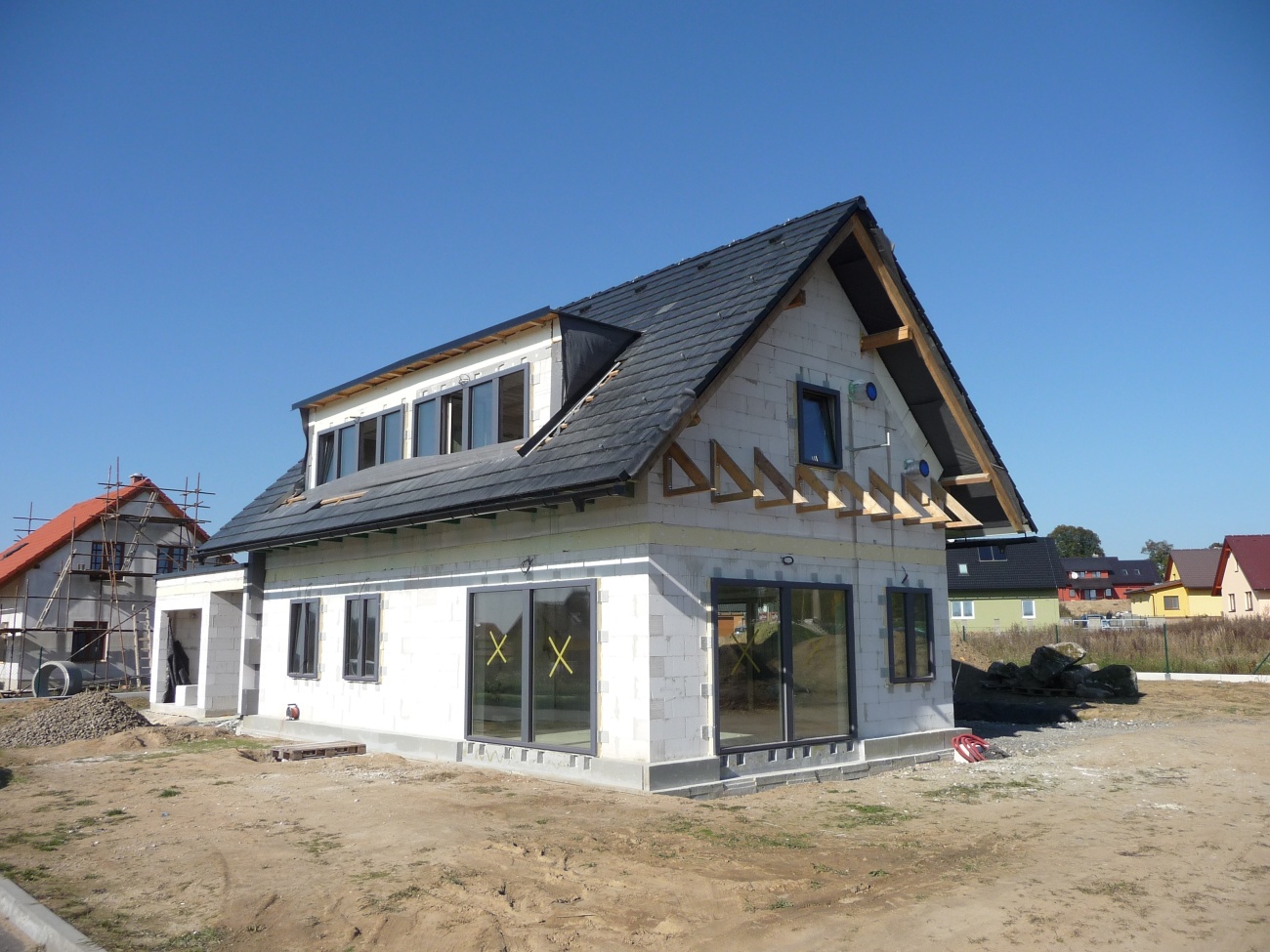 |
www.ytong.cz
The English translation is powered by AI tool. Switch to Czech to view the original text source.


